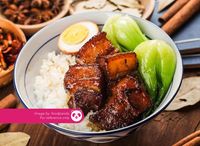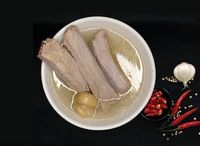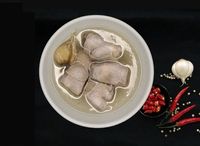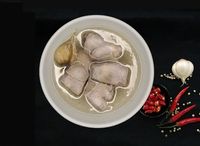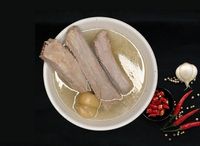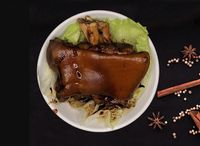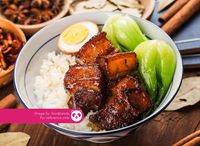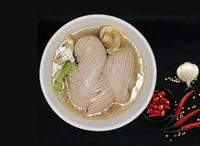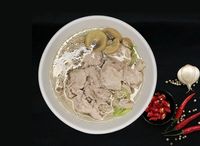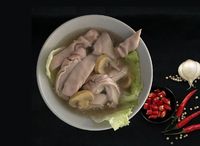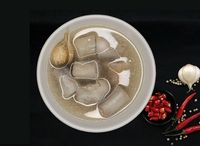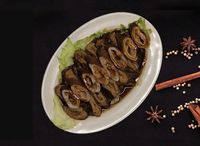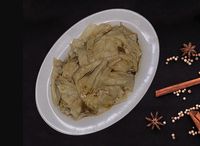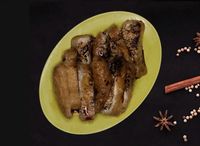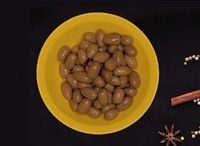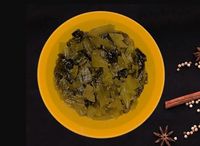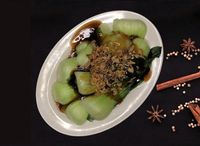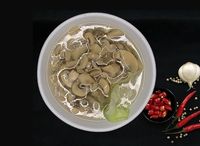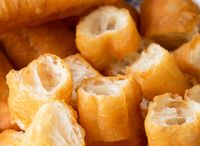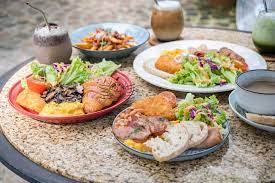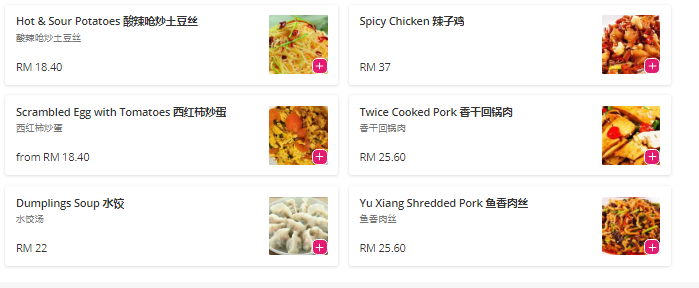333 Bak Kut Teh Menu Prices Singapore 2023
Hello 333 Bak Kut Teh lovers, are you looking for the latest 333 Bak Kut Teh Menu? You have arrived at the right place then. We have uploaded their complete menu with pictures & updated prices. Below you will find the latest Lists of 333 Bak Kut Teh Menu 2023 Singapore with prices.

333 Bak Kut Teh Menu Singapore With Prices List
Popular
333 Bak Kut Teh in Singapore offers a delightful range of hearty and flavorful dishes that will leave you craving for more! Dive into their signature dish, the S2. Signature Braised Pork Rice Set (Incl 2 Side Dishes), priced at S$4.50, for a wholesome and satisfying meal. For a comforting and classic option, indulge in the A2. Spare Ribs BKT Soup (排骨肉骨茶) at S$9.90, or savor the A1. Bak Kut Teh Soup (肉骨茶) at S$7.90.For a fulfilling and complete dining experience, explore their Set A (套餐A) starting from S$10.90 and Set B (组B) at S$13.50, both offering a delightful selection of dishes.
Set Meals 套餐
Special Dishes
Soups 汤类
Indulge in a delightful array of traditional and flavorful soups at 333 Bak Kut Teh in Singapore! Experience the authentic taste of their A1. Bak Kut Teh Soup (肉骨茶) priced at S$7.90, and savor the rich flavors of the A2. Spare Ribs BKT Soup (排骨肉骨茶) for S$9.90. For a unique and hearty option, try the A3. Pigs Kidney Soup (猪腰汤) at S$8.90 or relish the A4. Pork Tenderloin Soup (猪肉片汤) at S$7.90.For those seeking a more adventurous culinary experience, the A5. Pigs Stomach Soup (猪肚汤), A6. Pigs Liver Soup (猪肝汤), A7. Pigs Tail Soup (猪尾汤), and A9. Braised Pigs Intestine (卤大肠), all priced at S$7.90, will surely tantalize your taste buds.
Sides 小菜
Others
333 Bak Kut Teh alternative restaurants
Does China have bak kut teh?
Bak Kut Teh, which translates to “Meat Bone Tea” in Hokkien and Rou Gu Cha in Mandarin, is a popular dish believed to have originated from China’s Fujian Province. The name “Meat Bone Tea” refers to the main ingredients used in the dish, which are pork ribs and various herbs and spices simmered in a flavorful broth. The dish is well-known for its aromatic and hearty flavors, making it a comforting and nourishing meal that is enjoyed by many in Singapore and other Southeast Asian countries.
What is the difference between Singapore and Malaysia bak kut teh?
Indeed, the Bak Kut Teh in Malaysia and Singapore has distinct variations that can ignite passionate debates among locals. In Malaysia, the dish tends to be more herbal in flavor, with a rich mix of aromatic herbs giving the broth a complex taste. On the other hand, in Singapore, the focus is on the intense blend of white pepper and garlic, creating a robust and peppery profile. Both versions have their loyal fans, and the debate over who makes the best Bak Kut Teh is a fun and ongoing culinary rivalry between Malaysians and Singaporeans. It all boils down to personal taste preferences!
Who invented bak kut teh?
Yes, the history of Bak Kut Teh in Klang, Malaysia, is often attributed to a Chinese man named Lee Boon Teh from Fujian Province in China. According to the story, Lee Boon Teh arrived in Klang and started serving a dish made with pork parts cooked in a flavorful broth of various herbs and spices to Chinese immigrants in Malaya. The dish quickly gained popularity and became known as “Bak Kut Teh,” which translates to “meat bone tea” in Hokkien. Over time, the dish evolved and became a beloved culinary tradition in Malaysia and Singapore, with different variations and cooking styles reflecting the cultural influences of the region.
Is bak kut teh healthy?
The Australian study revealed that Bak Kut Teh, a popular dish, may have the potential to cause liver damage when consumed in conjunction with certain prescribed medications. The research highlighted the importance of being cautious about the combination of Bak Kut Teh and medication, as it could lead to adverse effects on the liver. Health experts advise individuals who are taking prescribed drugs to be aware of the potential risks and consult with healthcare professionals before consuming Bak Kut Teh or any other herbal remedies or supplements. It is essential to prioritize one’s health and safety by being informed about potential interactions between food and medication.
What are the two types of bak kut teh?
At Joo Siah Bak Koot Teh, you can savor the authentic Teochew version of Bak Kut Teh, prepared by Mr. Chua, who comes from Hokkien roots but specializes in the peppery broth style. The dish features fresh pork ribs boiled for hours in a delightful blend of pepper and garlic soup, creating a hearty and flavorful broth. The Teochew style is known for its distinct peppery taste, setting it apart from the traditional Hokkien-style herbal soup. Whether you have a preference for the herbal or peppery variation, Joo Siah Bak Koot Teh offers a delectable experience that celebrates the rich culinary heritage of both Hokkien and Teochew traditions.
Is bak kut teh from Singapore?
Bak Kut Teh’s origins are deeply rooted in Hokkien culture, and its presence is most prominent in Malaysia, Singapore, and certain parts of southern Thailand. While there are variations of the dish in Teochew and Cantonese interpretations found throughout the region, the Hokkien version remains the most established and widely recognized. The dish’s rich history and popularity can be traced back to its Hokkien heritage, where the flavorful herbal soup and tender pork ribs have become a beloved and iconic culinary tradition in the region. Whether enjoyed in Malaysia, Singapore, or Thailand, Bak Kut Teh’s Hokkien influence continues to delight food enthusiasts with its distinctive flavors and cultural significance.

Author: Christopher Tan
Hi there! I’m Christopher Tan, an award-winning writer, cooking instructor, and photographer. My passion lies in combining my love for words, images, and of course, food to create meaningful experiences. I have been honored to have my work published in numerous esteemed publications, including the Sunday Times and Straits Times in Singapore, Saveur magazine in America, and The Peak magazine.
I have expressed my love for food through the written word by authoring and co-authoring multiple cookbooks, including Chinese Heritage Cooking, Ask The Foodie and NerdBaker. I am thrilled to inspire others to create their own meaningful experiences through food, through my writing and teachings. I write restaurant menus and review on eatzeely.com
